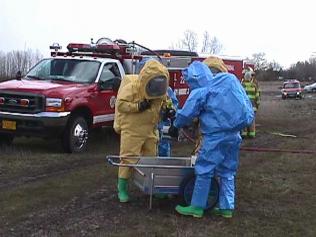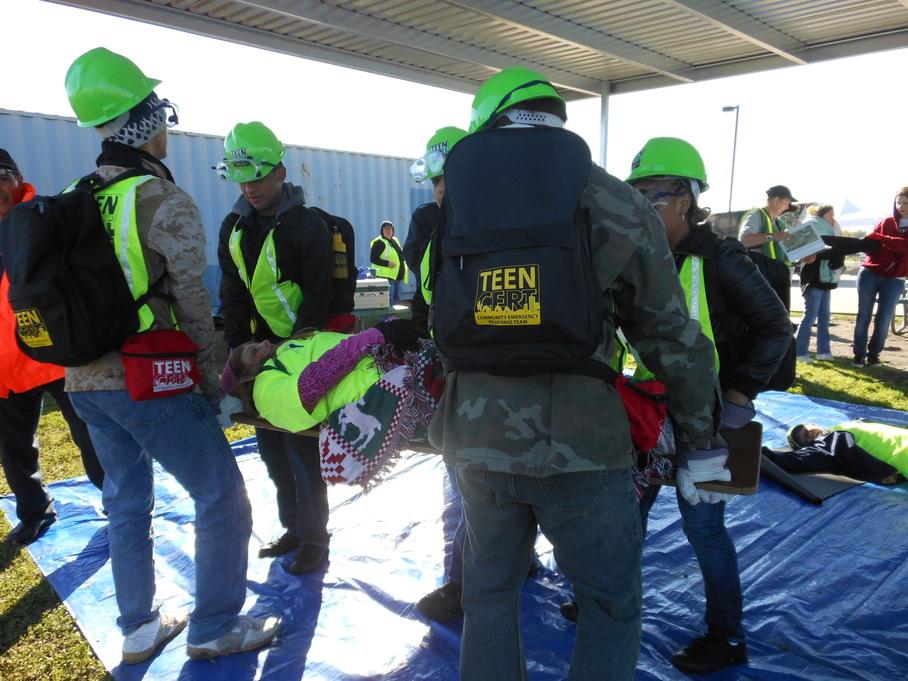Leadership
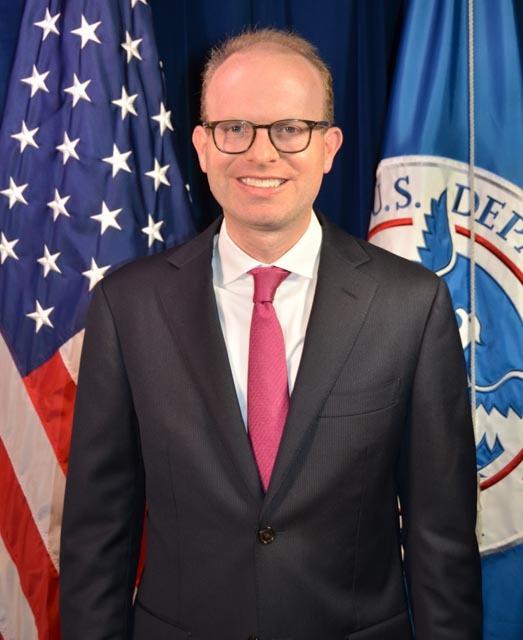 Daniel Kaniewski, PhD
Daniel Kaniewski, PhD
Deputy Administrator, Resilience
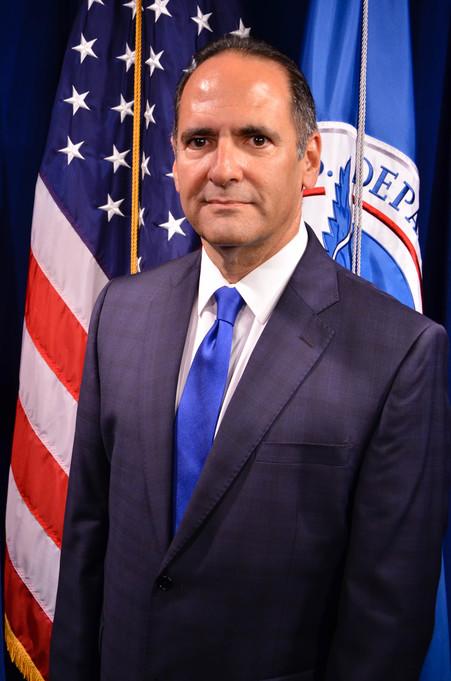 Carlos J. Castillo
Carlos J. Castillo
Associate Administrator, Resilience
About
FEMA Resilience aims to build a culture of preparedness through insurance, mitigation, preparedness, continuity, and grant programs. The organization includes the Federal Insurance and Mitigation Administration, Grant Programs Directorate, National Continuity Programs, and National Preparedness Directorate.
Continuity of Operations / Continuity of Government
Every day, individuals, organizations, communities, and governments provide critical services and perform essential functions upon which neighbors and citizens depend. Continuity ensures that the whole community has a plan for the sustained performance of these services and functions when normal operations are disrupted. Implementation of continuity principles ensures that organizations, communities, and governments are able to support citizens in time of need. FEMA also coordinates the planning, implementation, and execution of executive branch continuity programs in support of National Essential Function 1, preservation of our Constitutional Government.
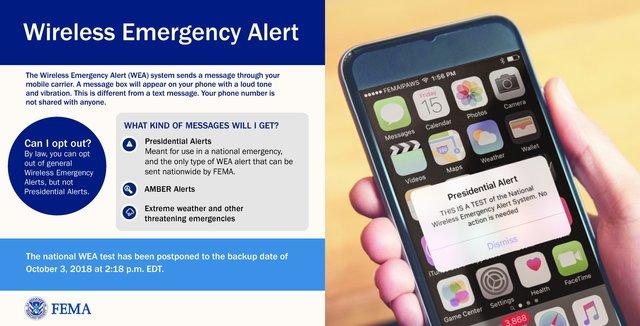
Insurance
A key element to fostering a culture of preparedness is closing the insurance gap, which is the difference between what is currently insured and what is insurable. There is no more important or valuable disaster recovery tool than insurance. This of course includes our country’s National Flood Insurance Program. However, it’s not just flood insurance; all types of insurance have a role to play in reducing financial risk for individuals, businesses, communities, and the nation.
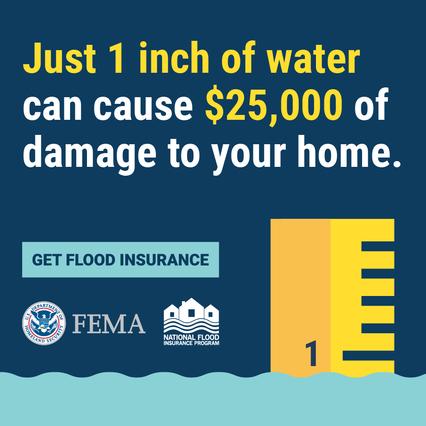
Mitigation
Mitigation measures are taken to reduce loss of life and property by lessening the impact of disasters. Effective mitigation requires that we all understand local risks, address the hard choices, and invest in long-term community well-being. The National Institute of Building Sciences recently released a study that found, on average, $1 spent on federally funded mitigation grants saves the nation $6 in future disaster costs.
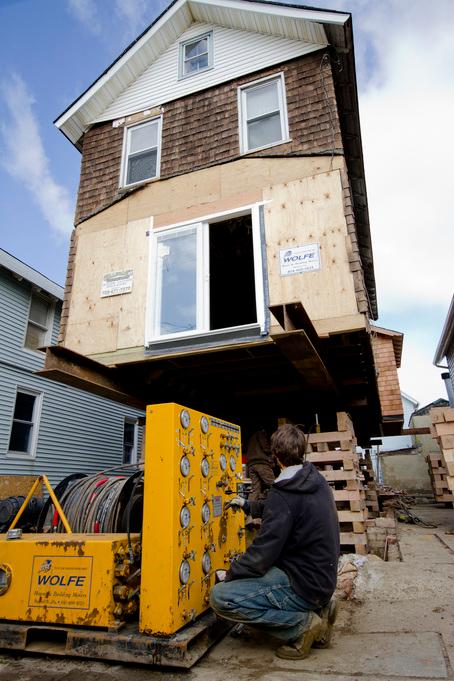
Preparedness
The National Preparedness Goal defines what it means for the whole community to be prepared for all types of disasters and emergencies: “A secure and resilient nation with the capabilities required across the whole community to prevent, protect against, mitigate, respond to, and recover from the threats and hazards that pose the greatest risk.” FEMA preparedness activities includes planning guidance, doctrine, technical assistance, training, exercises, individual and community preparedness, assessments and lessons learned, technological hazards, and counterterrorism programs.
Preparedness Grants
FEMA provides grants to prepare state, local, tribal, and territorial governments and first responders, as well as ports, transit systems, and non-profit organizations to protect, prevent, respond to, and recover from a variety of man-made and natural disasters. Preparedness Grants allow these entities to support building and maintaining live saving capabilities in advance of a catastrophic event such as planning, equipment purchase, training, conducting exercises, personnel costs, operational costs, etc. FEMA issues an average of $2.5 billion a year in preparedness grants.
